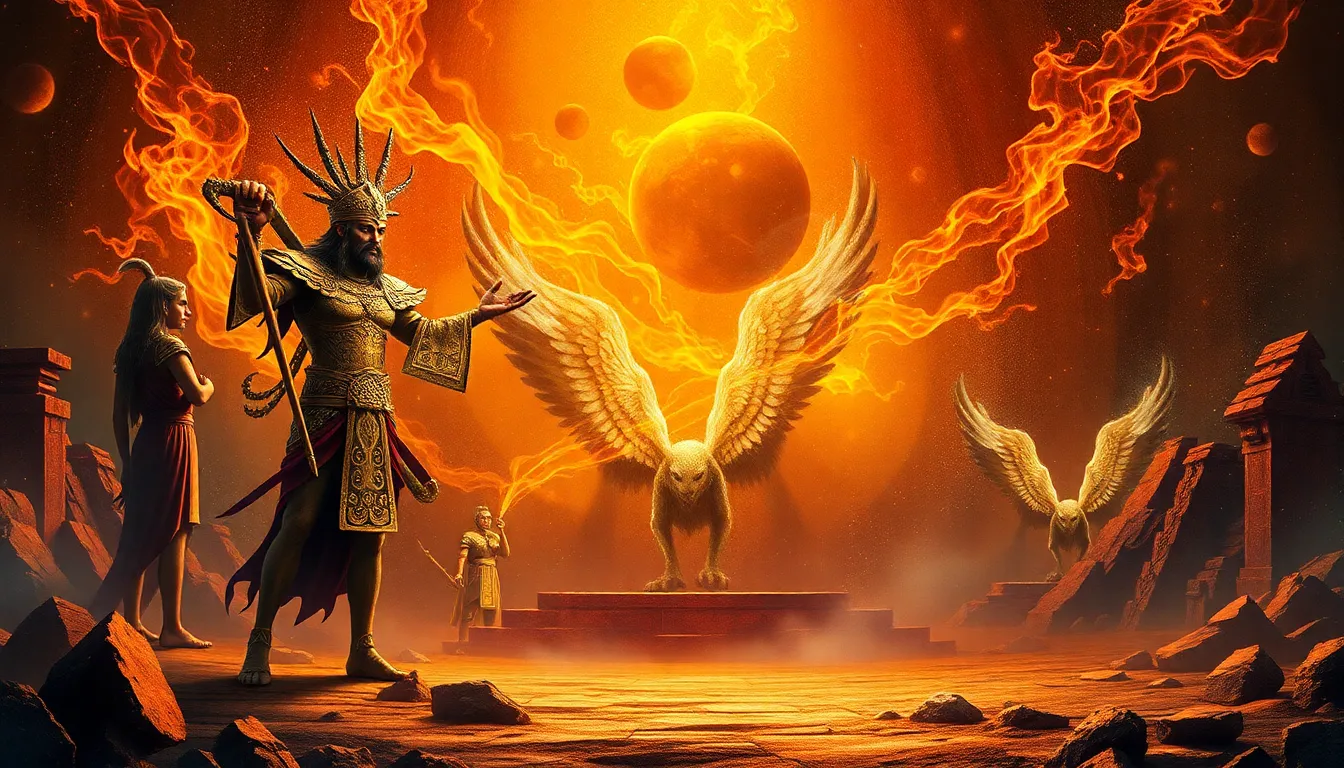Thai Mythology: Dragons, Serpents, and Naga
Thailand, a land of vibrant culture and rich history, boasts a captivating mythology that is deeply intertwined with its people's beliefs and traditions. The realm of Thai mythology is populated with fascinating creatures, including mythical dragons, serpents, and the enigmatic Naga, a serpentine deity that plays a prominent role in Thai folklore and culture.
Introduction to Thai Mythology
Thai mythology, like many other mythologies around the world, is a tapestry woven with tales of gods, goddesses, demons, and mythical creatures. These stories, passed down through generations, offer insights into the Thai people's worldview, their understanding of the natural world, and their values. Central to many Thai myths are the Naga, serpentine beings that are both revered and feared.
The Concept of the Naga in Thai Belief
The Naga, a serpentine entity deeply ingrained in Thai mythology, holds a significant place in Thai cosmology and is often depicted with human-like features, such as a torso and head, with the lower half resembling a serpent. While the Naga are often associated with water, particularly rivers and lakes, they are also believed to inhabit other places, including the heavens and the underworld.
In Thai beliefs, the Naga are not simply mythical creatures but are considered powerful beings connected to the natural world. They are often associated with fertility, prosperity, and the protection of the land. Tales of Naga frequently link them to natural phenomena, such as rain, floods, and droughts, highlighting their close relationship to the environment.
Naga as Guardians and Protectors
Across various Thai myths, the Naga are often portrayed as guardians and protectors of sacred sites, temples, and communities. Their serpentine forms, often seen coiled around temples or guarding entranceways, symbolize their role as protectors. This protective aspect of the Naga is also evident in the belief that they can ward off misfortune and bring good luck.
Naga in Thai Art and Architecture
The profound influence of Naga in Thai culture is evident in its art and architecture. From intricate carvings adorning temple walls to magnificent statues, the Naga is a recurring motif. In temples, particularly those built near water bodies, Naga statues are often placed around the base of the central spire, symbolizing the connection between the sacred and the natural world. The Naga is also depicted in murals, paintings, and other forms of art, reflecting its enduring presence in Thai visual culture.
The Serpent King of the Nagas: Phra Ruang
In Thai mythology, the Naga are not just guardians but also possess a complex social hierarchy. One of the most significant figures among them is Phra Ruang, a powerful serpent king who holds a prominent place in Thai folklore. Legends paint him as a benevolent ruler known for his wisdom and justice, often depicted as a majestic serpent adorned with precious jewels.
Phra Ruang is said to have been the king of the Naga in the ancient kingdom of Sukhothai, a pivotal period in Thai history. Stories about him are interwoven with the founding of the Sukhothai Kingdom, showcasing his influence on Thai history and culture. Many myths portray him as a wise and benevolent ruler who guided the people of Sukhothai through difficult times. He is credited with bringing peace and prosperity to the land, establishing just laws, and protecting the people from harm.
Phra Ruang's legacy endures as a symbol of power, wisdom, and justice. He is revered as a protector and a wise ruler, reflecting the Thai people's profound respect for both the natural world and the leaders who guide them.
Theories on the Origin of Naga Beliefs
The origins of Naga beliefs in Thai culture are rooted in a fascinating interplay of historical and cultural factors. Scholars propose different theories to explain the Naga's enduring presence in Thai mythology:
Influence of Ancient Hindu and Buddhist Beliefs: One theory suggests that Naga beliefs were introduced to Thailand through ancient Hindu and Buddhist traditions. In Hinduism, the Naga are associated with the serpent god Vasuki, often depicted as a protector of knowledge and a guardian of the underworld. Buddhism also features Naga, notably in the story of the Buddha's enlightenment, where a Naga protected him from the elements.
Indigenous Animistic Beliefs: Another viewpoint argues that Naga beliefs evolved from indigenous beliefs. The belief in serpentine beings as guardians or protectors of sacred locations and natural phenomena, such as rivers, lakes, and mountains, is prevalent in various pre-Buddhist and indigenous cultures across Southeast Asia.
Cultural Exchange and Adaptation: Over time, these beliefs interacted and blended, resulting in the unique and multifaceted Naga that we see in Thai mythology today. The Naga reflects the cultural exchange and adaptation that occurred within Thai society, absorbing and re-interpreting various beliefs and traditions.
Naga and the Influence of Hinduism and Buddhism
The influence of Hinduism and Buddhism on Naga beliefs in Thailand is undeniable. Hinduism's serpent god Vasuki, as mentioned earlier, provided a foundation for the Naga's association with serpents and their role as protectors of knowledge and the underworld. However, it's important to note that Naga in Thai mythology often have distinct characteristics and stories that are unique to Thai culture.
Buddhism also significantly impacted the Naga imagery found throughout Thai culture. Stories of Naga protecting the Buddha, such as the story of the Naga Mucalinda shielding him during his meditation under the Bodhi tree, have contributed to the Naga's association with enlightenment, wisdom, and protection. The intertwining of these two faiths enriched Thai mythology with deeper symbolism and meaning.
The Role of Naga in Modern Thai Society
While Naga may be mythical creatures, their presence remains strong in modern Thai society. Their symbolic power continues to be recognized in various aspects of daily life:
- Traditional Festivals: Naga are featured in traditional festivals and rituals, particularly those related to water, fertility, and the harvest.
- Religious Practices: The Naga remains deeply woven into religious practices and ceremonies. They are often invoked for protection, blessings, and good fortune.
- Art and Literature: The Naga continues to inspire artists, writers, and filmmakers, appearing in contemporary art, literature, and film, ensuring that their legacy remains alive in the cultural imagination.
The Enduring Impact of Naga Mythology on Thai Culture
The Naga's enduring presence in Thai culture reflects its deep cultural significance. They are more than just mythical creatures; they are symbolic representations of the natural world, human aspirations, and the very essence of Thai culture. Their roles as guardians, protectors, and mystical beings have fostered a connection between the supernatural and the earthly, shaping the Thai people's worldview and traditions.
As we explore Thai mythology, we discover a rich tapestry of beliefs and stories that have shaped the Thai people's understanding of the world and their place in it. The Naga, with their serpentine forms and mystical powers, stand as potent symbols of a culture that cherishes the balance between the natural world and the spiritual realm.
FAQ
Q: What are Naga?
A: Naga are serpentine deities or mythical creatures that play a significant role in Thai mythology and folklore. They are often depicted with human-like features, such as a torso and head, and are frequently associated with water, fertility, and protection.
Q: What is the difference between dragons and Naga?
A: While both dragons and Naga are serpentine creatures, they have distinct characteristics and origins. Dragons are typically found in Western mythology, often depicted as fire-breathing winged creatures. Naga, on the other hand, are primarily found in Asian mythology, particularly in Southeast Asia, and are typically associated with water and fertility.
Q: What is the significance of Naga in Thai culture?
A: Naga hold a significant place in Thai culture, symbolizing protection, fertility, and the connection between the natural world and the spiritual realm. They are often depicted in Thai art and architecture, and their presence can be felt in various aspects of daily life, including festivals, religious practices, and literature.
Q: How have Naga been portrayed in Thai art and architecture?
A: The Naga is a recurring motif in Thai art and architecture, appearing in intricate carvings, statues, and murals. They are often depicted coiled around temples or guarding entranceways, symbolizing their role as protectors.
Q: Are there any contemporary examples of Naga in Thai culture?
A: Yes, Naga continue to inspire artists, writers, and filmmakers in Thai culture. They appear in contemporary art, literature, and film, ensuring that their legacy remains alive in the cultural imagination.



